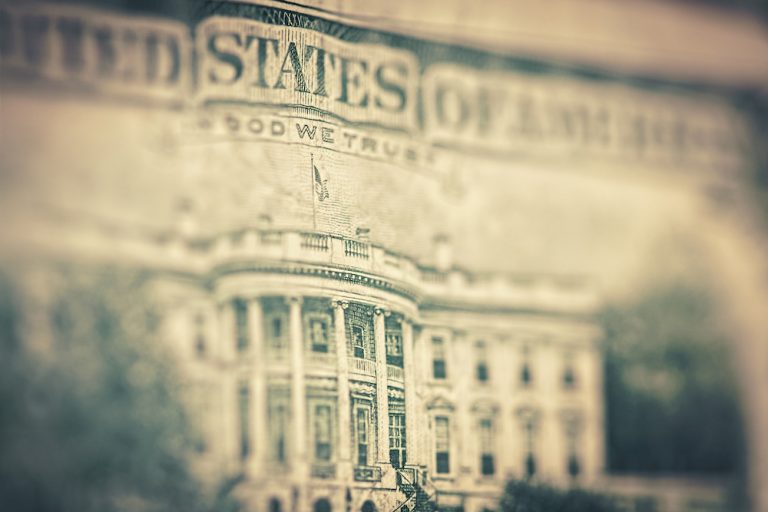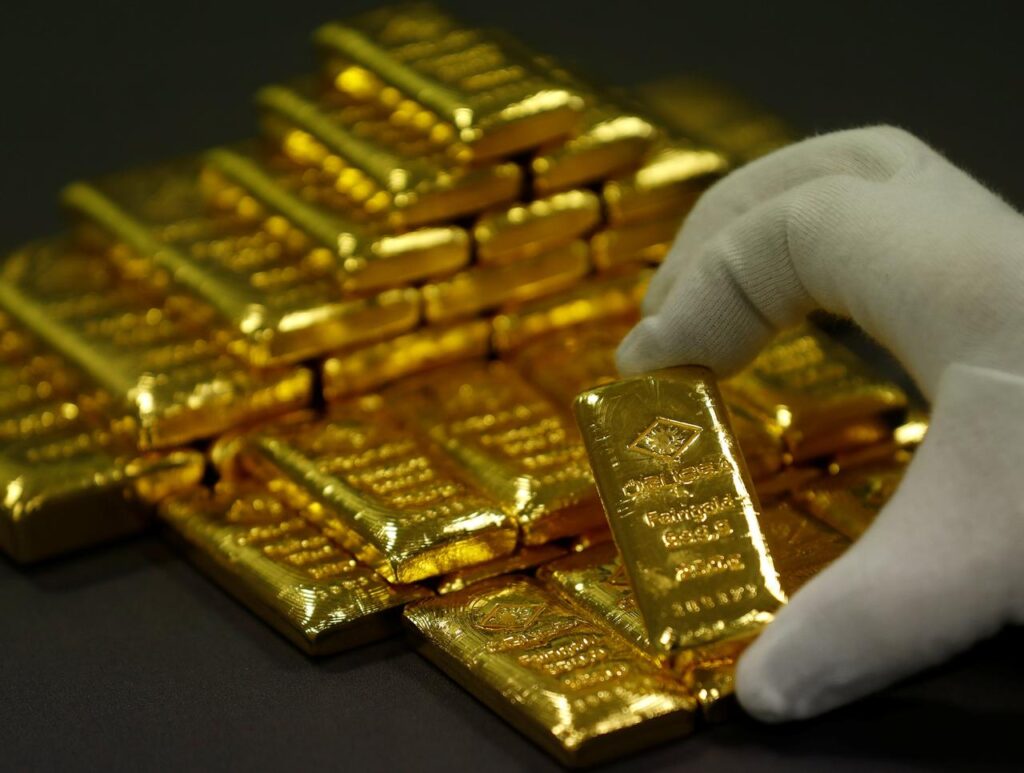Gold rose on Friday after a mid-week dip, with the precious metal ending the week slightly down at US$1,318.20. The political and economic situation in Europe was influential this week, with weak data pointing to a slowdown in the Eurozone, and the Brexit deadline approaching. Gold climbed to its highest level in 22 months against the Euro, with gold also resilient against the dollar index despite recording its first decline in three weeks.
While numerous political risks are likely to increase demand for gold over coming weeks, the precious metal will continue to face downward pressure while the dollar remains buoyant. In other precious metal news, palladium rose 0.8 percent over the week to US$1,396 per ounce, platinum ended the week at US$796.50, and silver gained 0.5 percent to US$15.82.

Weak growth outlook for the euro zone
A significant proportion of the pressure on gold came from Europe this week, with the European Commission announcing reduced growth forecasts for the Eurozone and the Euro falling sharply as a result. Gold is now at its highest level against the Euro since May 2017, leading to a strong US dollar. The dollar recorded its best week in six months, while gold fell sharply by 0.4 percent before its recovery on Friday.
International tensions
The ongoing trade war between the US and China added to global fears over the last seven days, with President Trump saying he had no plans to meet with Chinese counterpart Xi Jin Ping before the trade talk deadline on March 1. As the Brexit deadline on March 29 also approaches, it’s proving to be a busy time for international trade negotiations. The proposed border wall between the United States and Mexico is also troubling markets, with both sides of the debate refusing to budge.
Technical resilience
Recent moves by gold to exceed the US$1,300 mark and close above it on Friday are an indication of long-term resilience. While gold was threatened by strong movement from the dollar during the week, the strength it found on Friday is interesting on a number of fronts. Despite mixed sentiment and global political uncertainty, gold has managed to gain new ground over recent weeks, at the same time as the dollar index has gained in value. Rather than its traditional role as a safe haven investment when the dollar is down, gold currently seems to be moving forward on its own terms.









